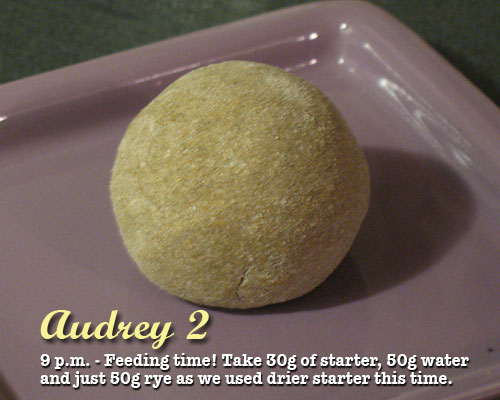Fractal Cookies
I had to bring cookies to a church function. My husband recommended the Sierpinski Carpet fractal cookies shown on evilmadscientist.com. I thought the square shapes might be a little boring and decided to do Sierpinski triangle cookies instead.
I made them green and added peppermint extract. The recipes I used were:
1 1/4 cups all-purpose flour
1/2 cup unsweetened cocoa powder
1/4 teaspoon salt
1/2 cup butter, softened
1 cup white sugar
1 egg
for the chocolate part and
- Log in or register to post comments
- 3 comments
- View post
- GlindaBunny's Blog
